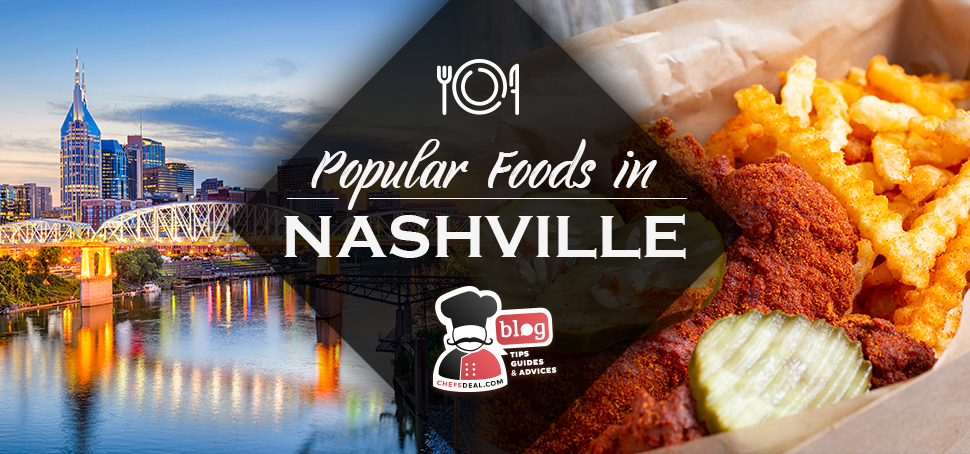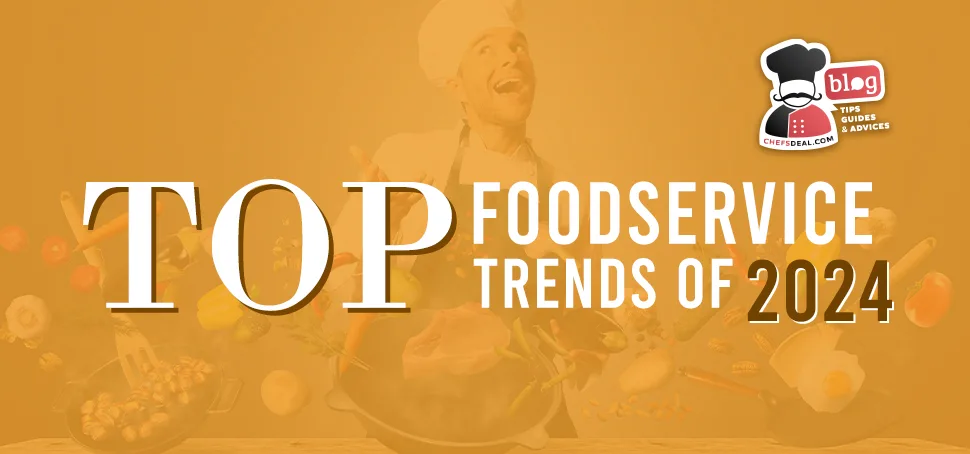The day that everyone is waiting eagerly for is coming! The hopes and expectations from the new year, celebrating with the loved ones altogether and of course the special, traditional New Year’s food, indispensables of New Year’s Day. It is celebrated in different ways in different cultures, all with unique traditions.
Traditional New Year’s food varies from culture to culture, and each is believed to bring good luck in the new year. Let’s look at these different delicious and luck-bringing traditional New Year’s food from around the world.
1. Hoppin’ John (South America)
Hoppin’ John is a traditional new year food in South America. It’s a dish made from pork-flavored or black-eyed peas, and it is generally served with rice near cooked greens and cornbread. All the food in this dish has a meaning. The black-eyed peas symbolize coins, the cooked greens represent money, as they are green, and the color of cornbread symbolizes gold.
This traditional new year’s food is associated with good luck and wealth, and there are different theories about it. One of them takes place in the civil war, in which Union soldiers took the Confederate army’s food and left only this bean behind, which was the only food to keep them alive. And it is thought that the swelling of the beans when they are cooked is associated with wealth. Whatever the reason is, this traditional new year’s food is just one of the dishes made and eaten with the hope of luck from the new year.
2. Rosca de Reyes And Tamales (Mexico)
One of Mexico’s traditional new year’s food, Rosca de Reyes, is a ring-shaped bread covered with candied fruit. It includes a kind of a trinket, a sign of good fortune for the one who finds it.
Another traditional new year’s food of Mexico is the famous Tamales, corn dough loaded with pork meat, cheese, and other fillings, wrapped in a corn husk or banana leaf. It is made on most special days in Mexico, but you can see it everywhere on New Year’s Eve, in food trucks on the street, or in almost every restaurant.
3. Tteokguk (Korea)
Korea’s traditional new year’s food is a soup loaded with rice cakes, beef, and veggies. In Korea, it is believed that everyone becomes one year older when the new year comes, and there is a joke about it, telling you should eat tteokguk, or you won’t age. The long shape of tteok represents long life.
4. Soba Noodles And Mochıtsuki (Japan)
Soba noodles are one of the Japanese traditional new year’s foods made from buckwheat represent long life. While eating a bowl of soba noodles, you should slurp them whole, not cut.
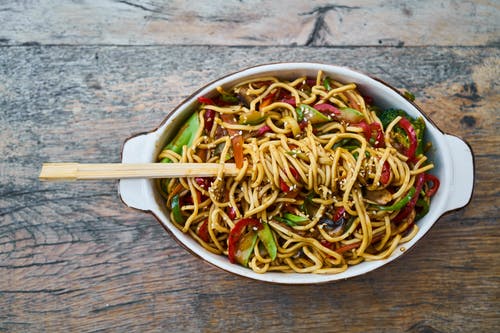
Mochitsuki is another tradition of Japan, in which families pound mochi rice cakes the day before the new year altogether. After washing and steaming sweet rice, they pound it to form a smooth dough. And then it is pinched off into tiny bits by guests to make small buns to eat as a desert.
5. Berliner (Germany)
Berliner is Germany’s traditional new year food, a kind of doughnut coated with powdered sugar and loaded with jam. They like to eat it at midnight on New Year’s, and some generally fill it with mustard to prank the eater.
6. Vasilopita (Greece)
Vasilopita is a coffee cake made with almonds that Greek eat in the new year. It is baked with a coin inside, which is believed to bring good luck to one who finds it.
7. Oliebollen (Holland)
Oliebollen is the name of fried and powdered sugar-covered little dough balls loaded with raisins, a kind of doughnut. They are consumed not only on New Year’s Eve but also on most special holidays and are sold in food trucks on the streets mostly.

There is a legend about this traditional new year’s food. The legend is about Perchta, a Pagan goddess. According to it, those who ate oliebollen would avoid the wrath of this goddess. They saved their stomach from the cut she made with her sword because her sword couldn’t cut the ones who ate these fatty doughnuts.
8. Buttered Bread And Bannock (Ireland)
According to some historians, on new years day, Irish people would leave buttered bread on doorsteps for the local children to eat.
Another traditional new year’s food of Ireland is Bannock, a traditional bread including dried currants. They are banging the walls with the bread, which chases away their evil spirits or bad luck beliefs.
9. Kransekage (Denmark and Norway)
Kransekage is a cake tower formed of multiple cake rings made by layers on top of another. The name Krankensage translates as wreath cake, which is made with marzipan. You can find a bottle of wine in the middle of the cake. It is consumed in Denmark and Norway on special days and New Year’s Eve.
10. Grapes (Spain)
Spanish has a fascinating tradition: Eating 12 grapes at midnight on new years day. Some say that these 12 grapes represent months of the year, while some say they eat a grape for each toll of the clock bell. And sour grapes symbolize bad months, while sweet grapes symbolize good.
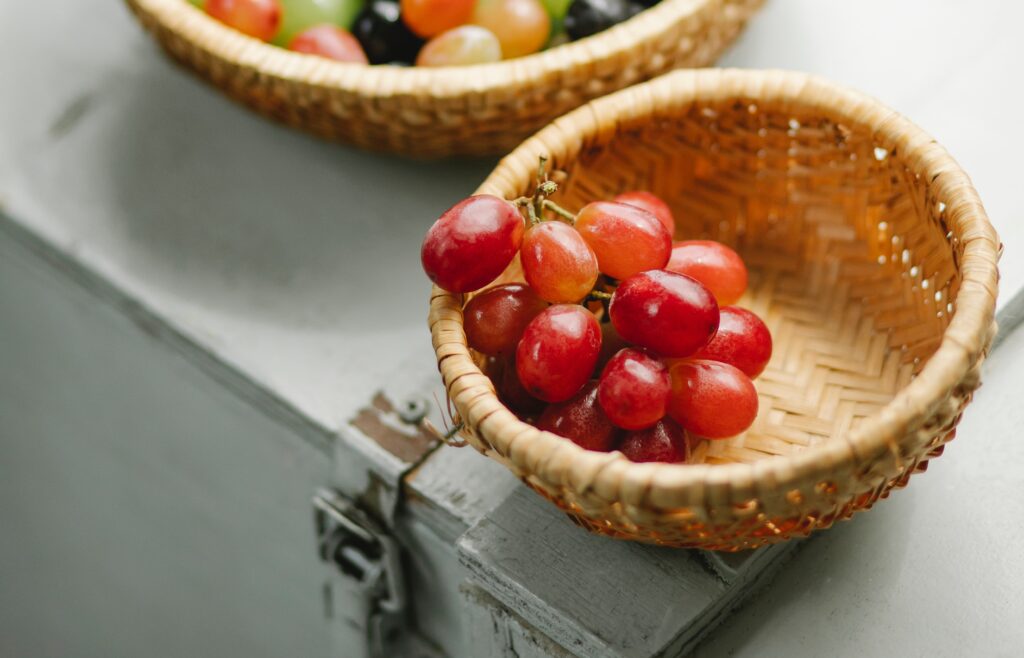
11. Rice Pudding (Sweden and Norway)
Rice pudding is the traditional new year’s food of both Sweden and Norway. It is dusted with cinnamon and can be consumed for breakfast as well as special occasions. They usually hide an almond inside the pudding and believe it brings success and wealth to whoever finds it. If a single man or woman finds it, they believe that the new year will bring true love to them.
12. Whiskey (Scotland)
Hogmanay is the Scottish new year, and whiskey is a requirement on this day. After giving a toast, neighbors start to bring food and drink to each other, which is called “first footing.”

13. Jiaozi and He Jia Tuan Yuan (China)
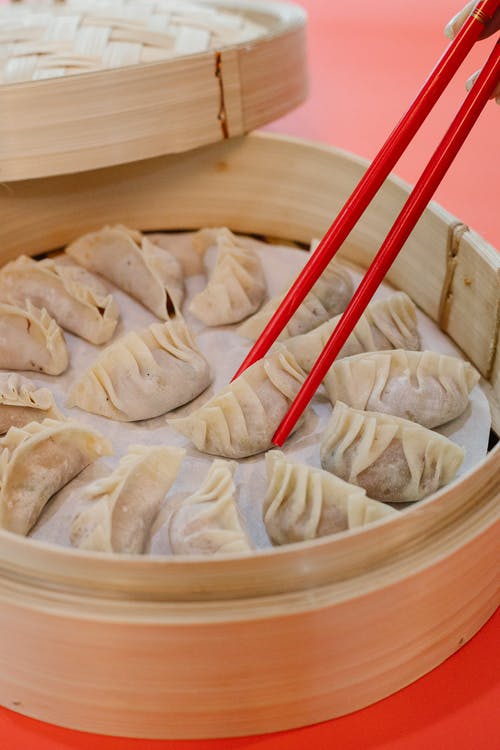
Jiaozi, a tiny circle-shaped dumpling, is what the Chinese eat in their new year, known as the lunar new year. The small round shapes of the dumplings are associated with early Chinese money, ingots. These dumplings are considered a sign of longevity and wealth.
He Jia Tuan Yuan is a warm broth soup with sweet tofu dumplings inside. As well as dumplings, meatballs are the traditional new year’s food of China. They represent unification and family.
14. Pickled Herring (Poland)
Pickled herring is one of the traditional new year’s foods of Poland. They eat other kinds of smoked and pickled fish because they are plentiful in that area. It is believed to bring wealth in the new year. It can be eaten either with onion or cream sauce. Polish prepare a pickled herring dish, Sledzie Marynowane, by soaking salt herrings in water for 24 hours then piling them with onions, spices, sugar, and vinegar in a jar.
15. Pomegranate (Turkey)
In Turkey, people eat pomegranates on new year’s day, representing fertility and wealth.
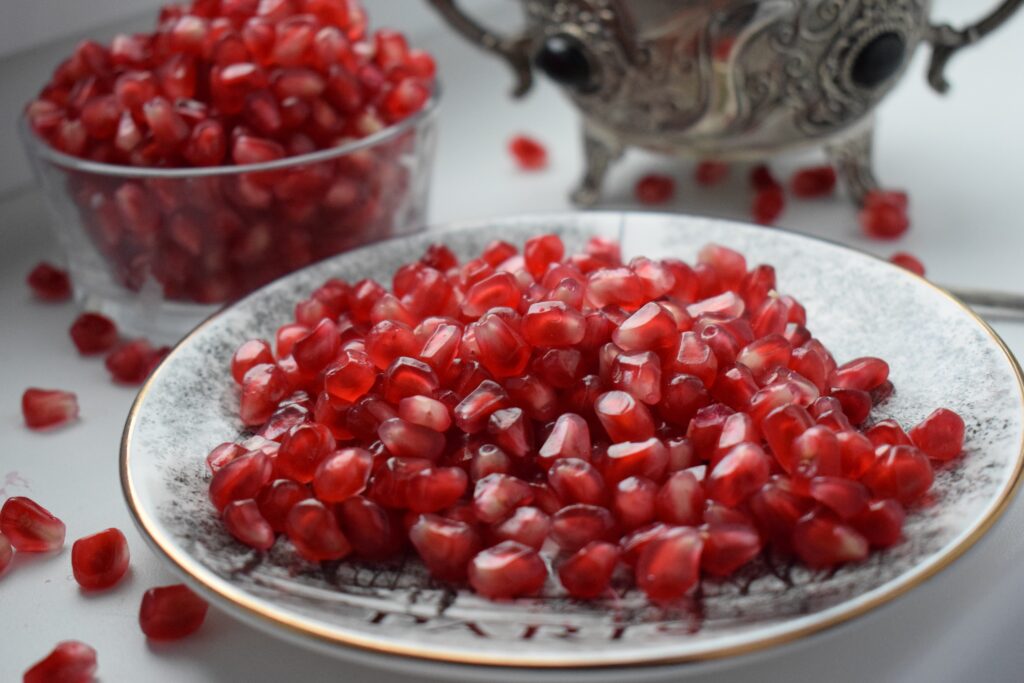
16. Corn (Belarus)
In Belarus, single women guesses who will get married first in the new year using corn kernels. Each lady builds a pile of maizes in front of a rooster. The one who made the pile that rooster goes to will be the first to marry.
17. Lentils (Italy)
Lentils and fish are popular and traditional New Year’s foods in Italy. Their round shape, similar to coins, represents good luck and success.
Another Italian new year food tradition is Cotechino con lenticchie, lentil stew and sausage, and zampone, a stuffed pig trotter. Chiacchiere, fried dough balls rolled in honey, is the final part of dinner.
18. Rice and lentils (India)
Indians celebrate the new year in spring, and their traditional new year’s food is rice and lentils. Rice is thought to bring wealth, and a coin-shaped lentil represents future affluence.
19. Tourtiere (Canada)
Canada’s traditional new year’s food, Tourtiere, is a meat pie made with beef, pork, onions, potatoes, and spices such as cinnamon, cloves, nutmeg, and allspice, inside of a buttery pastry crust.
20. Grandma’s Wassail (England)
Wassail means good health or “be well.” It is a seasonal drink consumed in England on New Year’s Eve. It is prepared with hot cider and a variety of spices.
21. Croquembouche Cone (France)
It is a festive dessert comprised of cream puff dipped in caramel and a tower. It is consumed at weddings, Christmas, and new year’s eve.
22. Kookoo Sabzi (Iran)
Nowruz is the Iranian new year, celebrated in spring. There is seven traditional new year’s food served in Nowruz, one of which is the herb frittata. The green herbs symbolize new life, and eggs symbolize fertility.
Faloodeh is Iran’s another traditional New Year’s food eaten in Nowruz, a vermicelli noodle and syrup dessert.
23. Grape (Brazil)
Like Spanish people, Brazilians also eat grapes as traditional new year food, but differently. They eat seven grapes to represent abundance and seven pomegranate seeds for success. They do everything in lucky sevens.
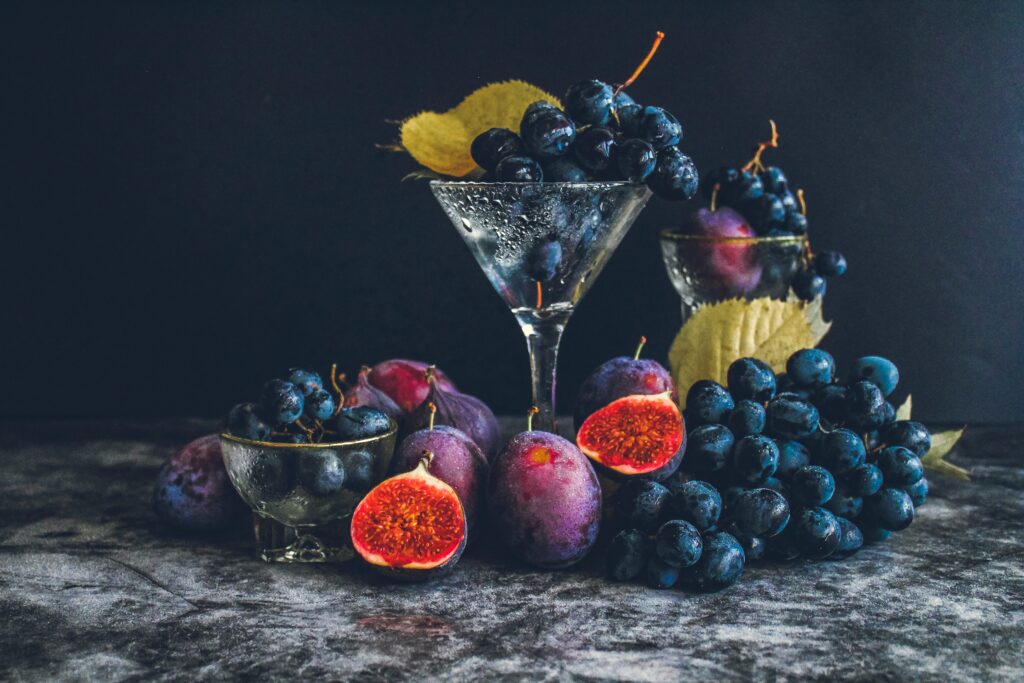
24. Banitsa (Bulgaria)
Bulgarians have a lot of exceptional food for new years day. Generally, pork with cabbage or roasted turkey is the main dish. But the Bulgarian traditional New Year’s food, banitsa, a cheese-stuffed pastry, is the most popular for the new year. It’s made by wrapping egg and cheese in phyllo dough and baking in a tight circle. They add charms and symbolic objects, and written wishes wrapped in aluminum foil are hidden inside the banitsa. Finding an object is kind of getting your fate read.
25. Gozinaki (Georgia)
Georgia’s traditional new year’s food is Kozinski, a treat made of caramelized walnut cooked in honey. It’s special for new years eve and Christmas. This diamond-shaped treat is consumed at midnight.
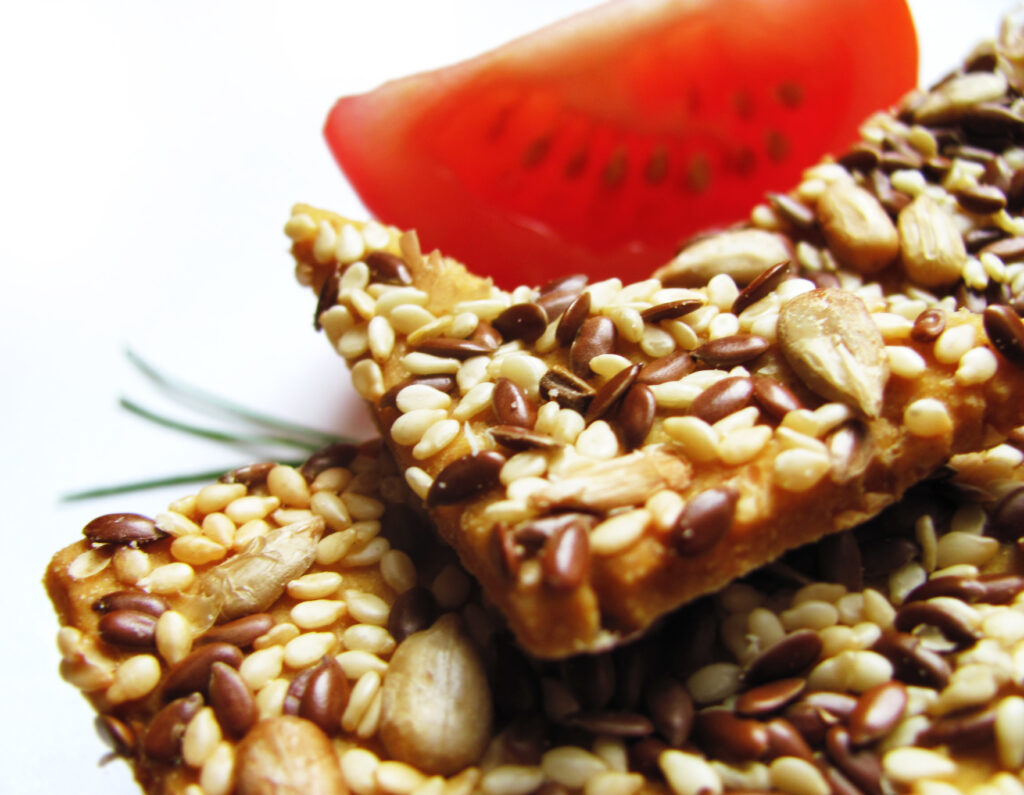
26. Seafood Stew and Lentils (Nigeria)
Nigeria is another country to consume lentils as traditional new year’s food. Lentils may be the most consumed on new year’s night, as their coin-like shape represents prosperity. Seafood stew is another new year’s food tradition in Nigeria. But the thing that Nigerians never eat on new year’s day is any poultry because they believe that you will be poor in the new year if you do.
27. Beans (Argentina)
Argentinians eat beans as traditional new year’s food, hoping to keep their job or find a better one.
28. Roasted Suckling Pig (Cuba and Austria)
Pig symbolizes prosperity and good luck in most countries, so we can see why it’s one of the most consumed new years food. And it’s one of the new year traditions of Cuba and Austria to roast a suckling pig over an open fire.

29. Egg (El Salvador)
One of the fascinating new year traditions is El Salvadorians’. People crack an egg into a glass of water one minute before the clock strikes 12 in El Salvador. When it is midnight, everyone defines the shape of their yolk, which indicates what the new year will bring.
Conclusion
Excitement and happiness that can be felt everywhere and in everybody’s face is the herald of the day coming: new year’s day. No matter the age, everyone loves the new year. Everyone is giving presents to each other, spending joyful times with families, and all that delicious food. Food can be the best part of it. Whether you eat in a restaurant or coo yourself, from savory meat dishes to desserts, every traditional new year’s food has a meaning, symbolizing luck, success, wealth, and love, what people expect from the new year. And we wish you a happy, healthy, and prosperous new year with all your loved ones.




